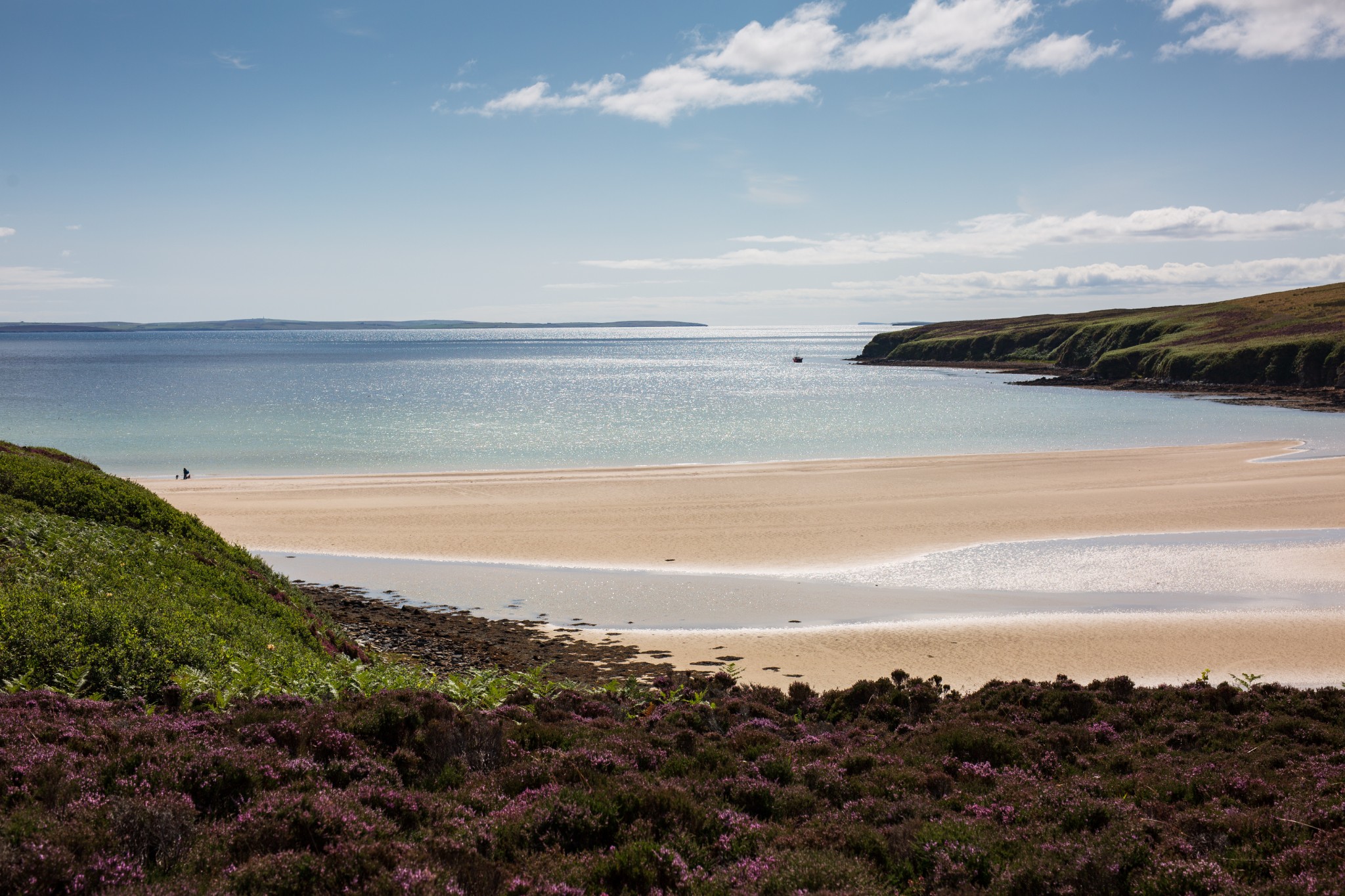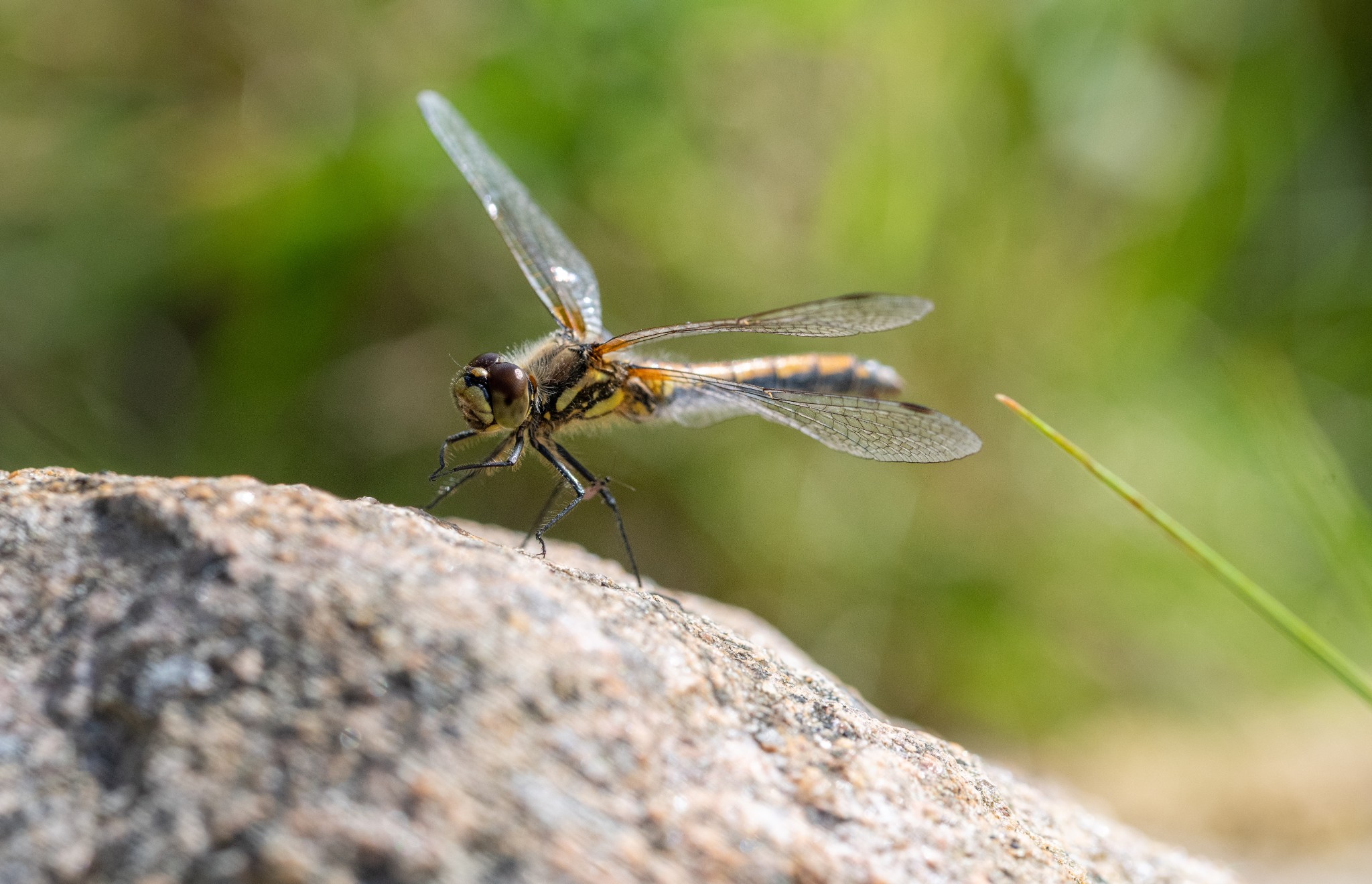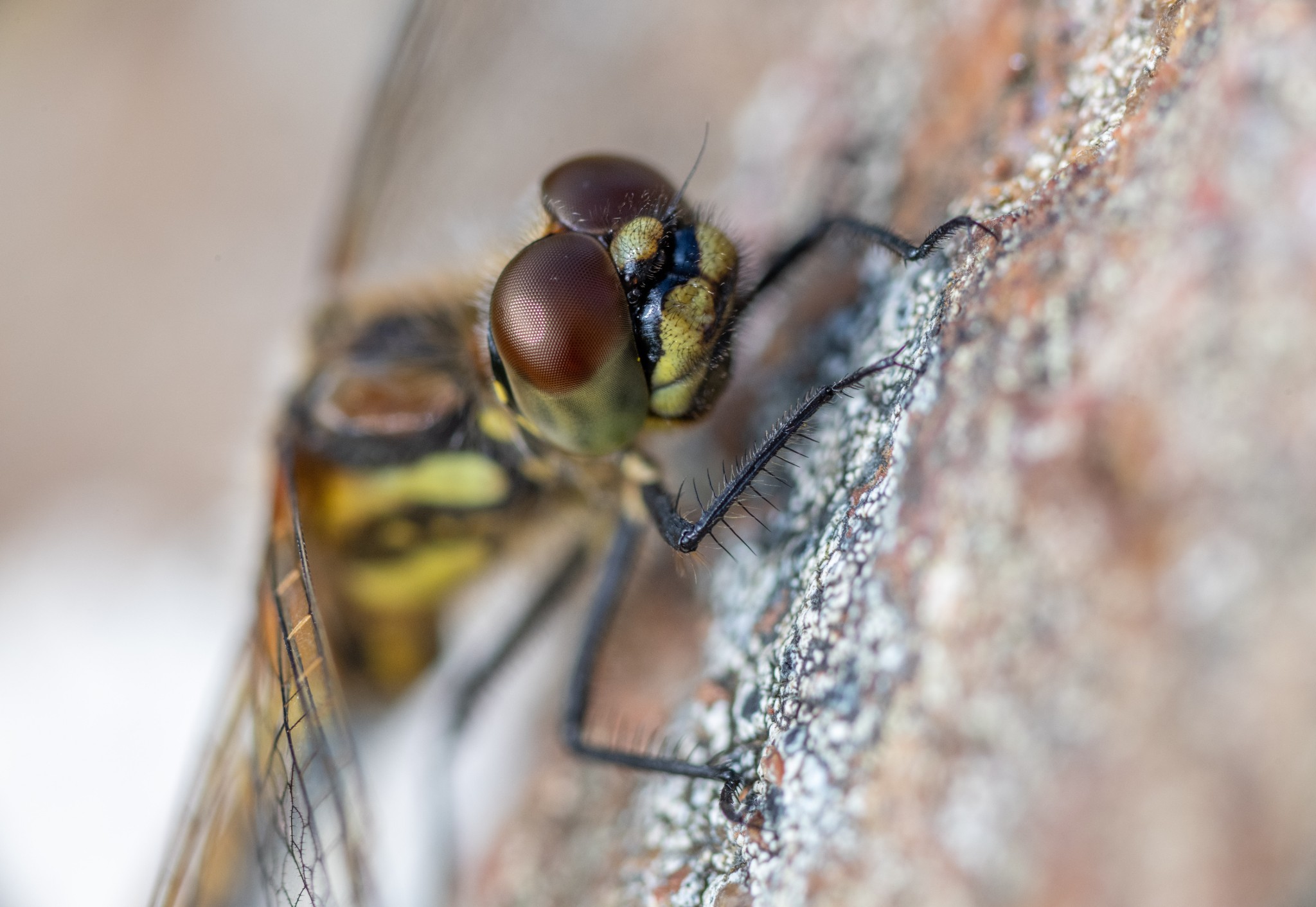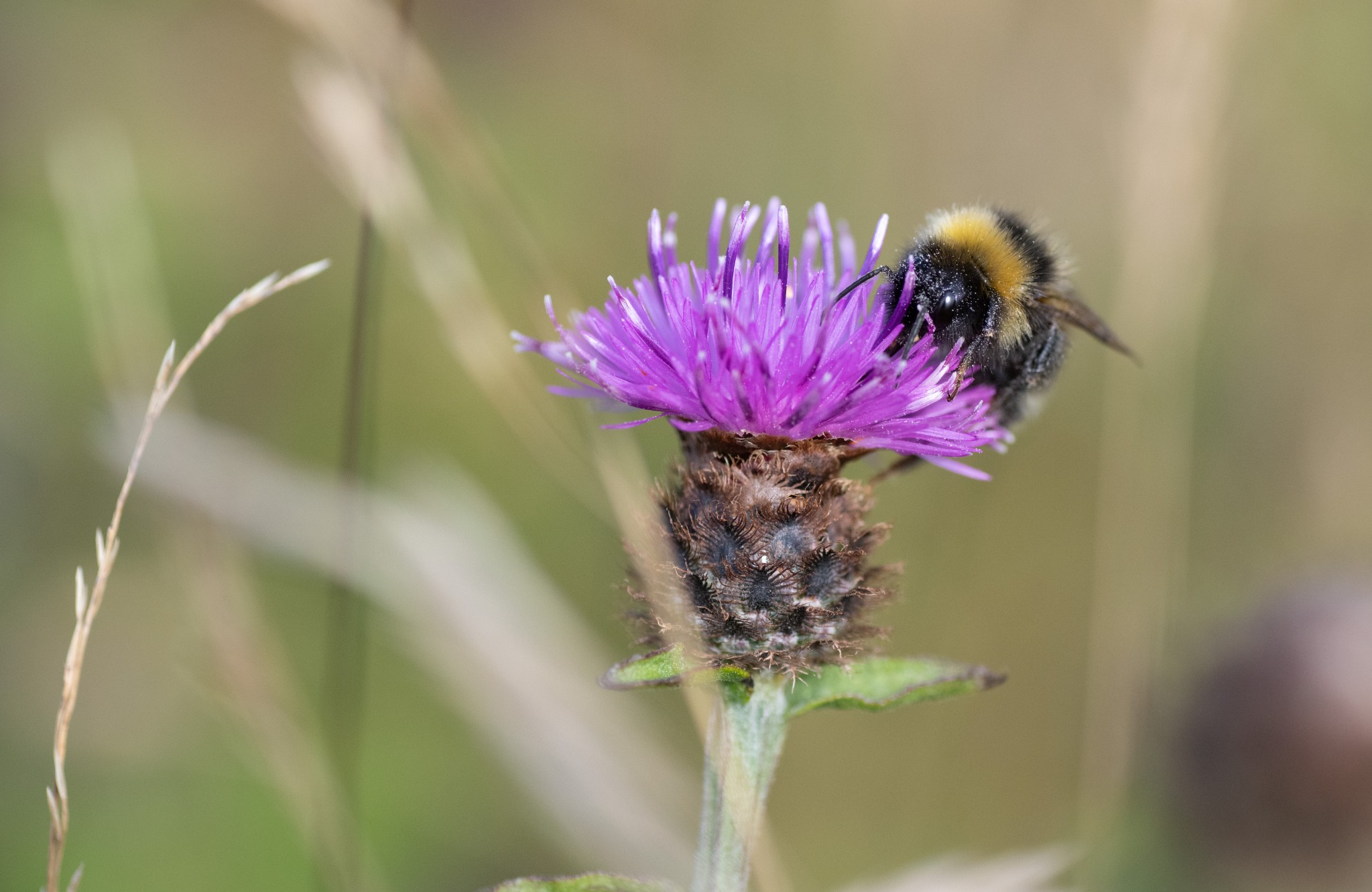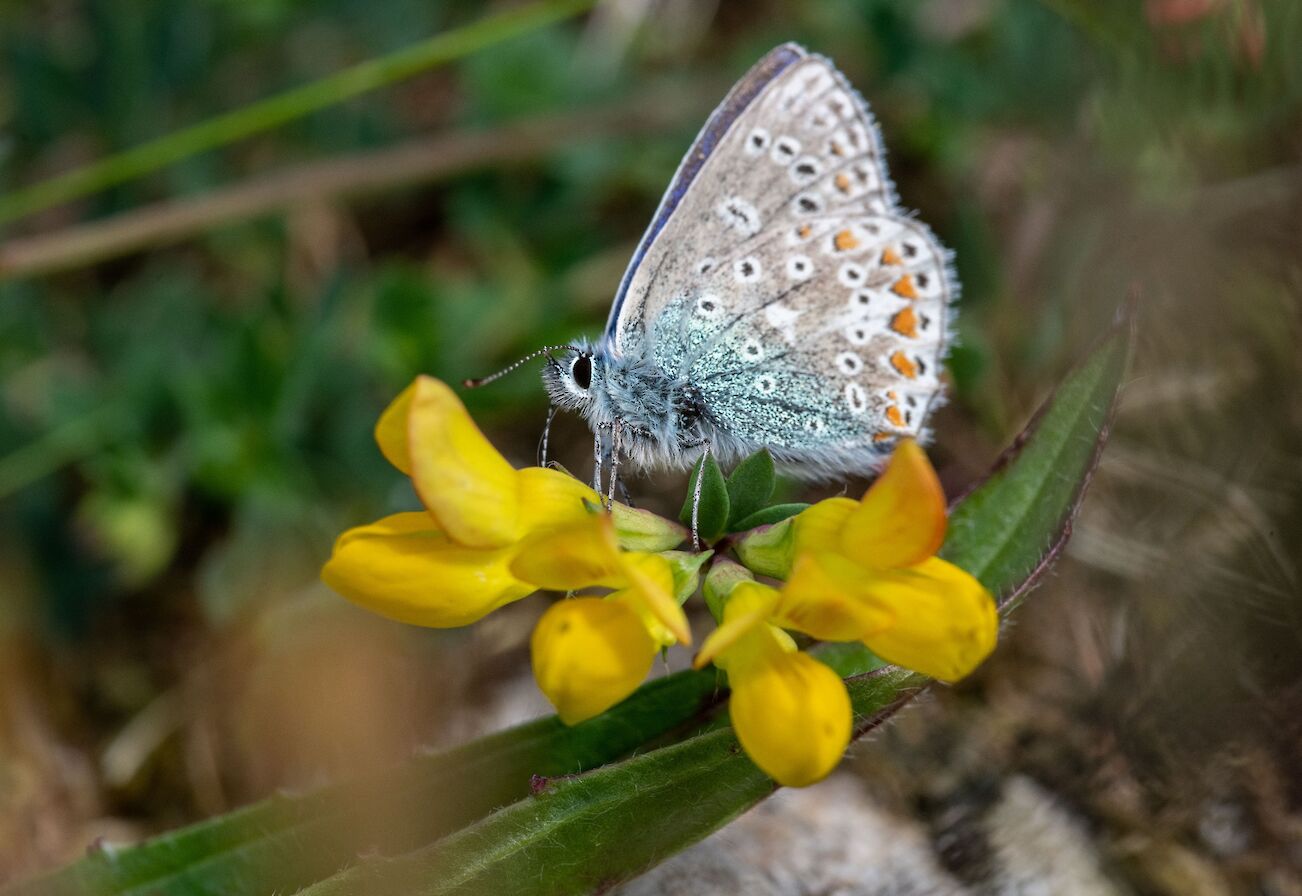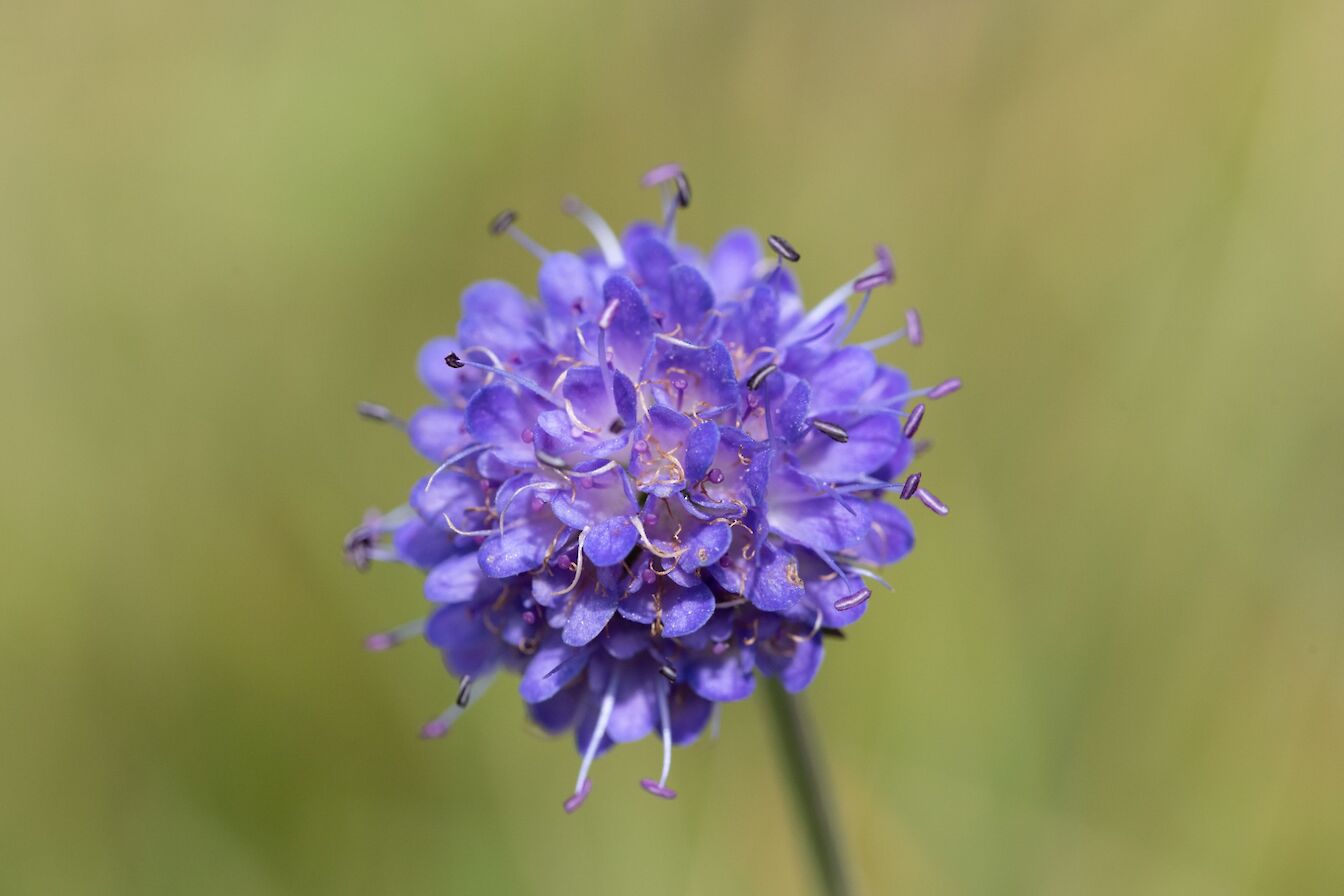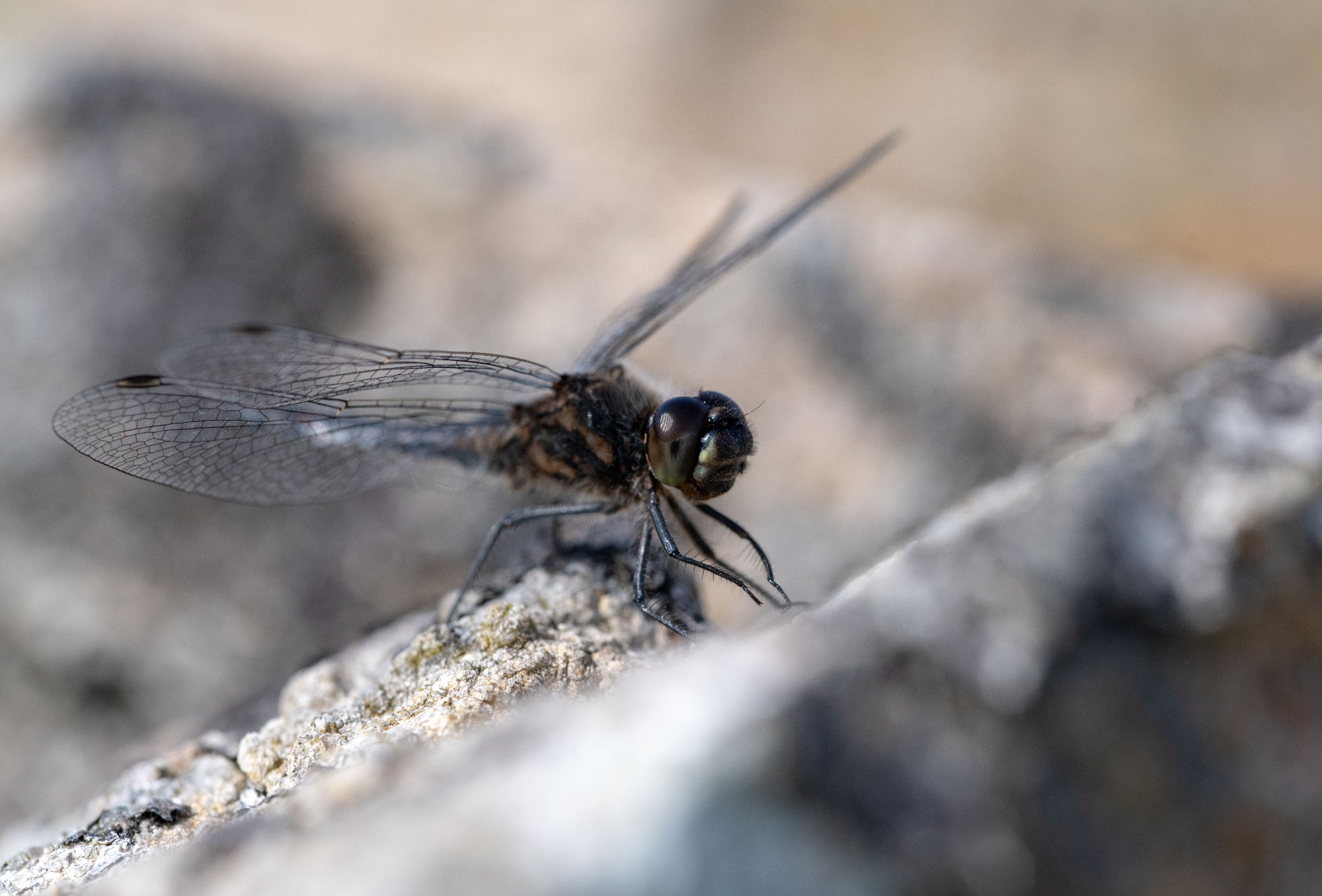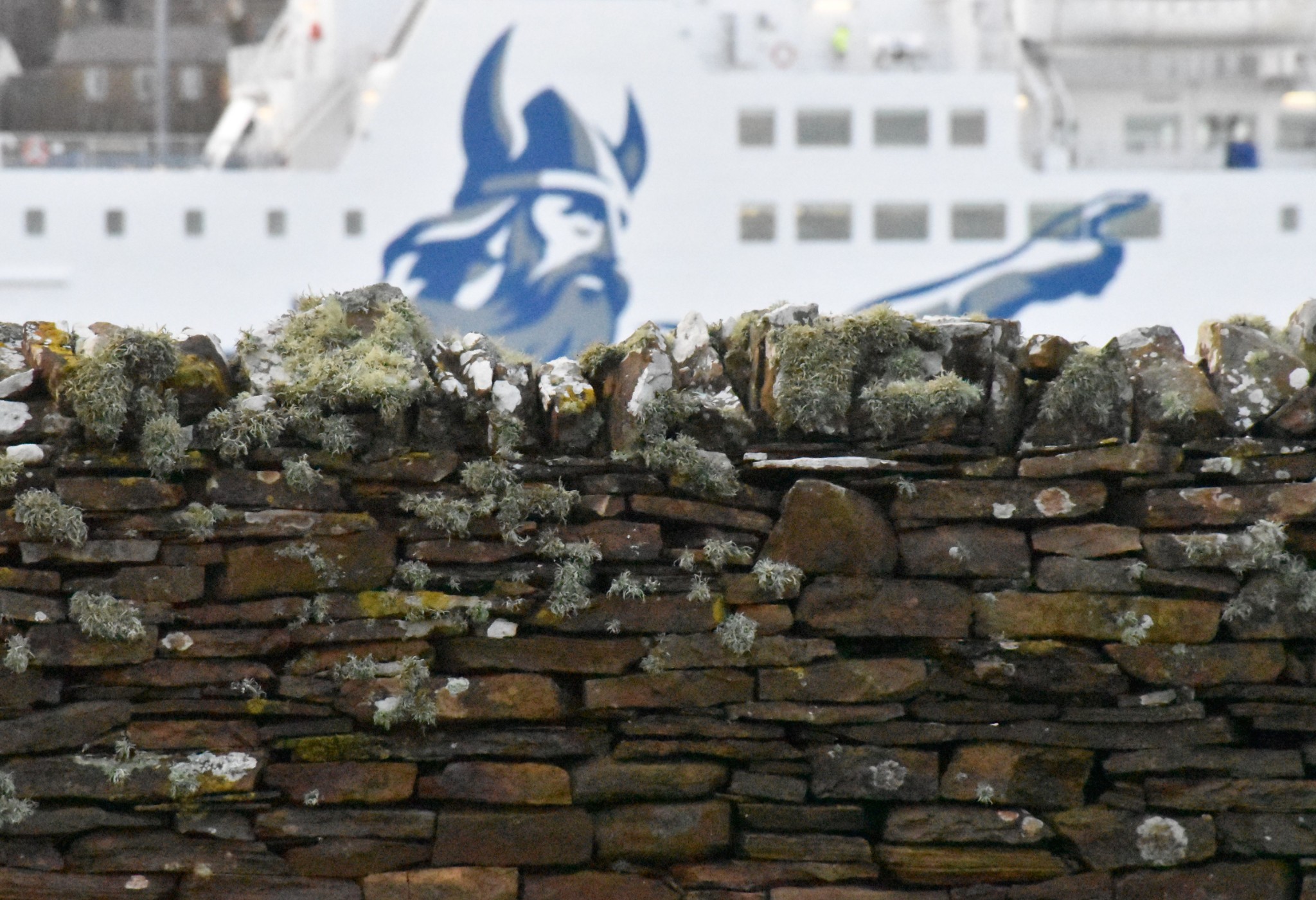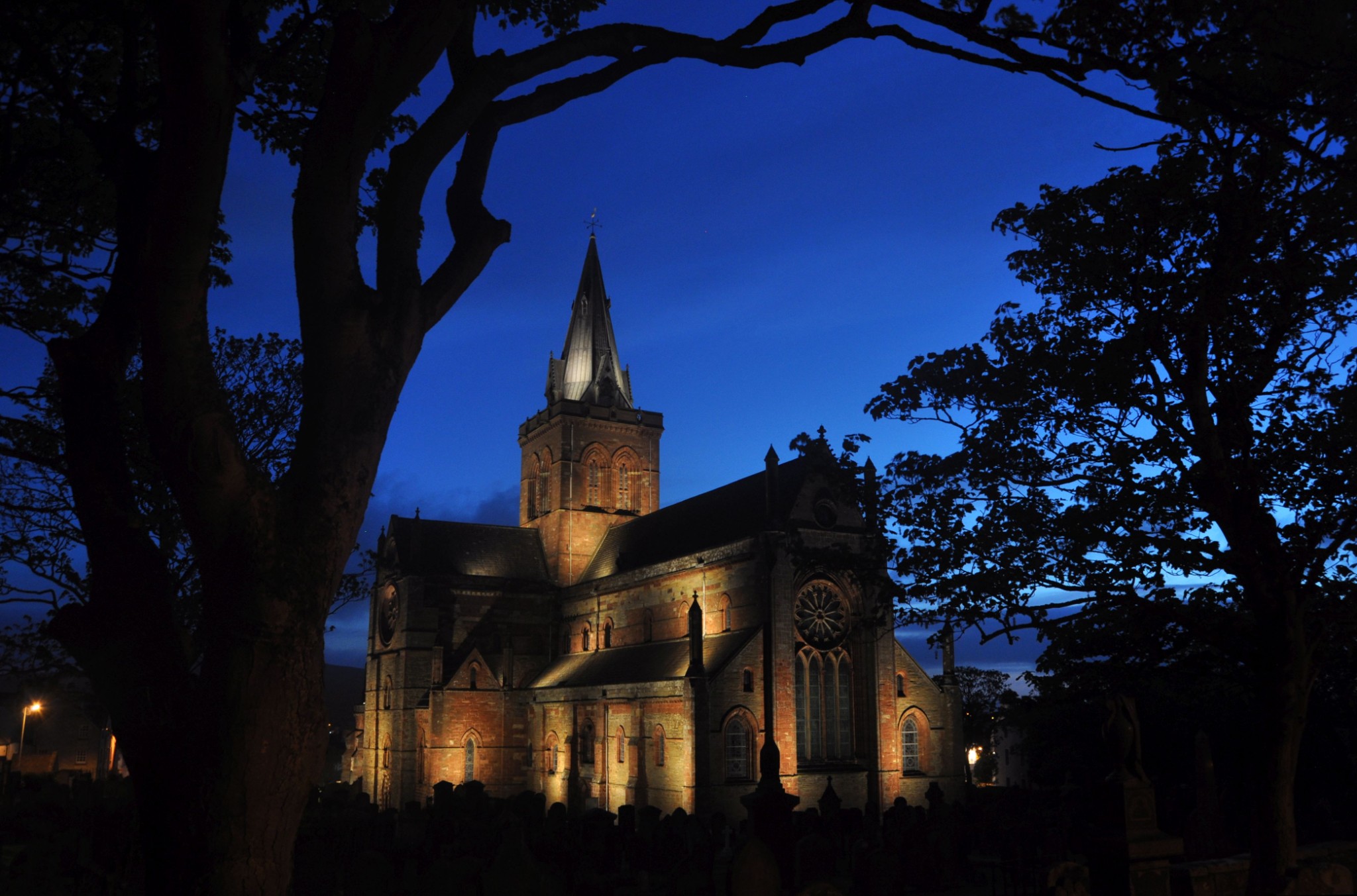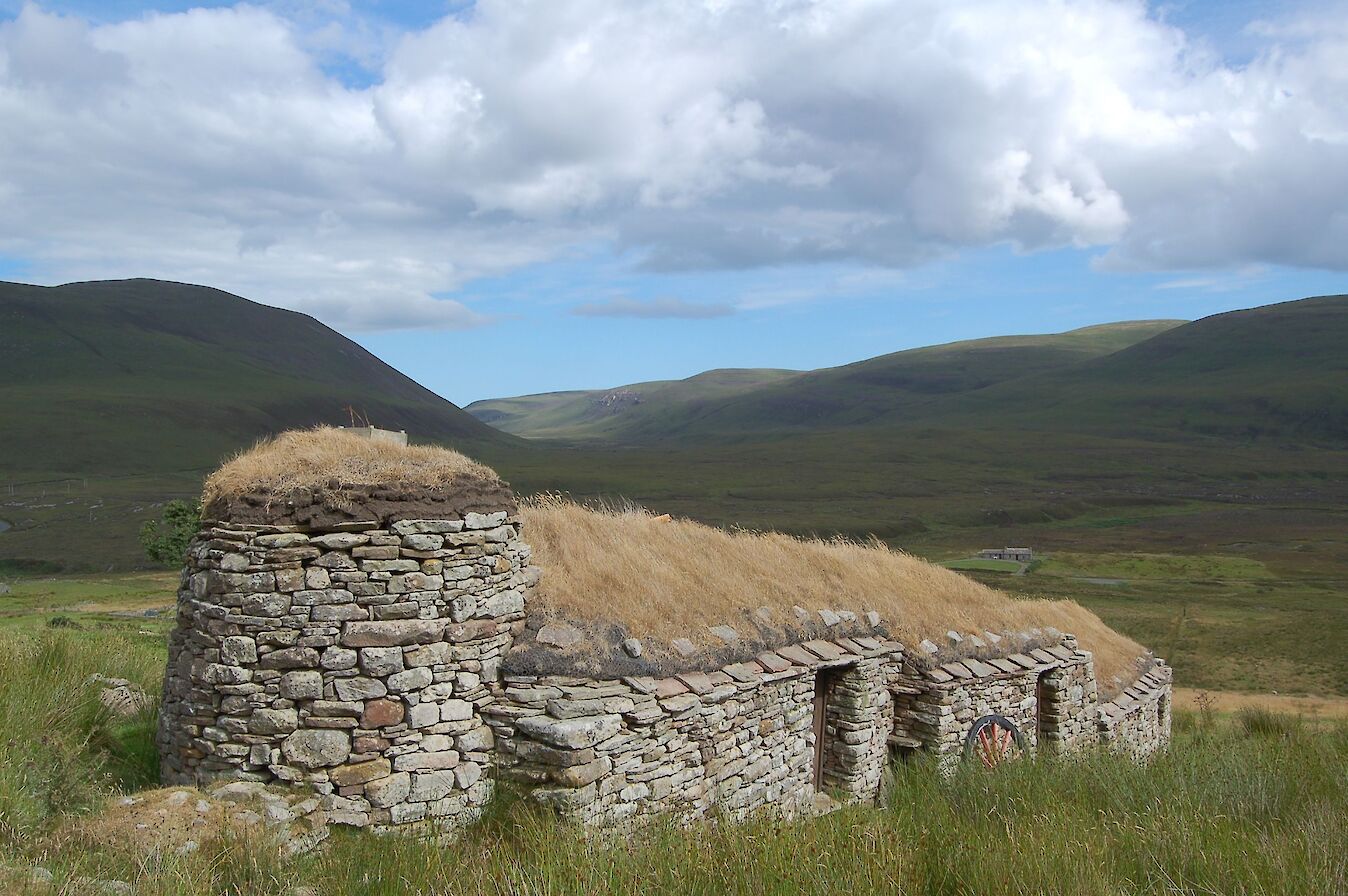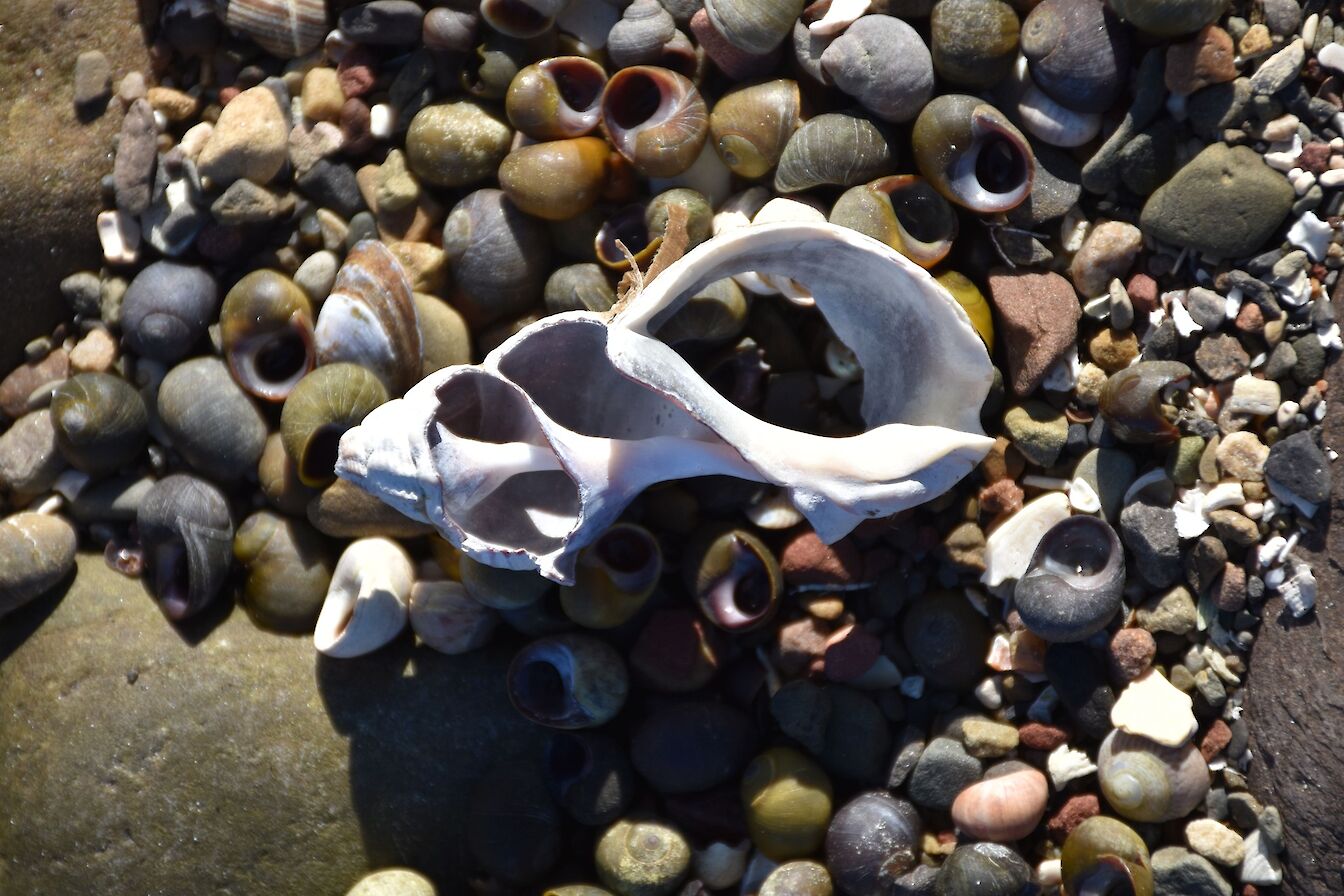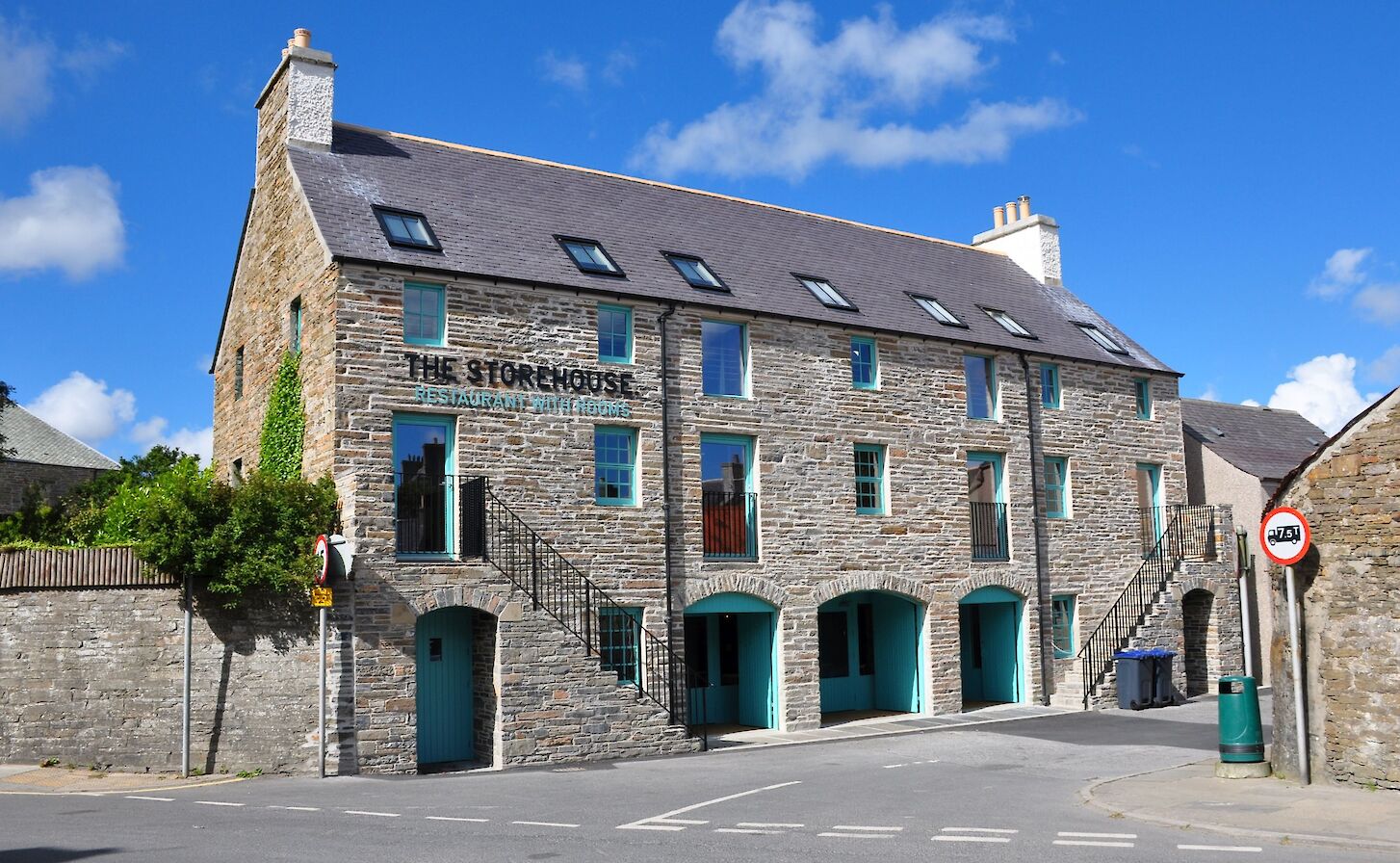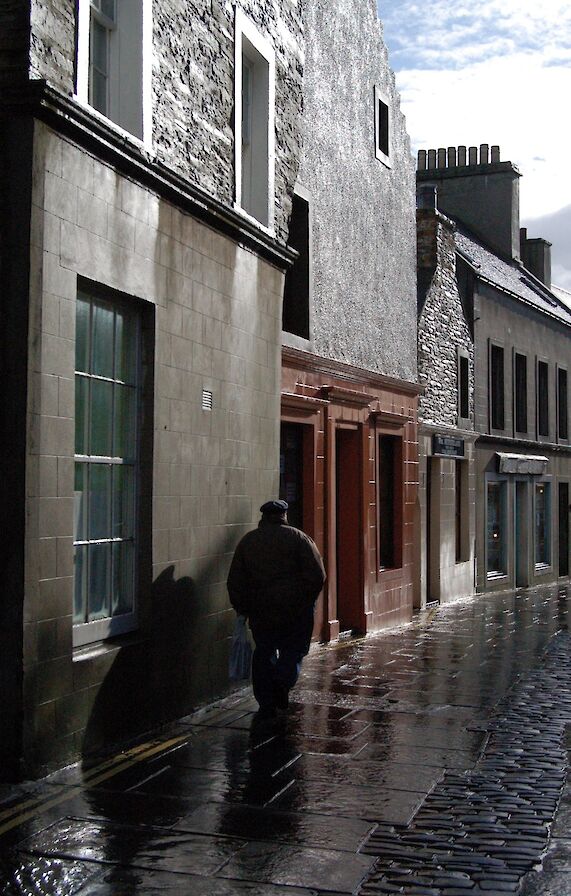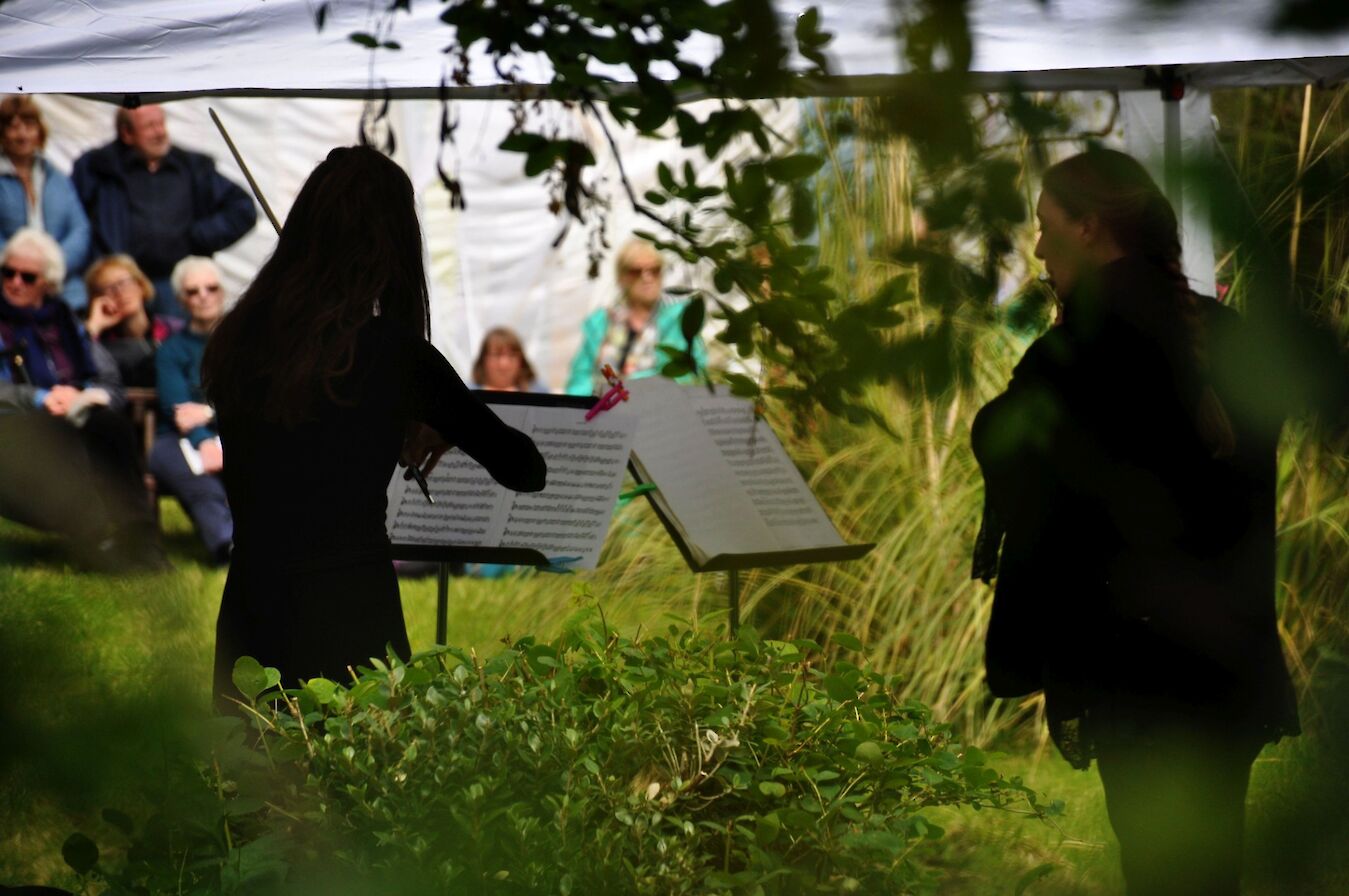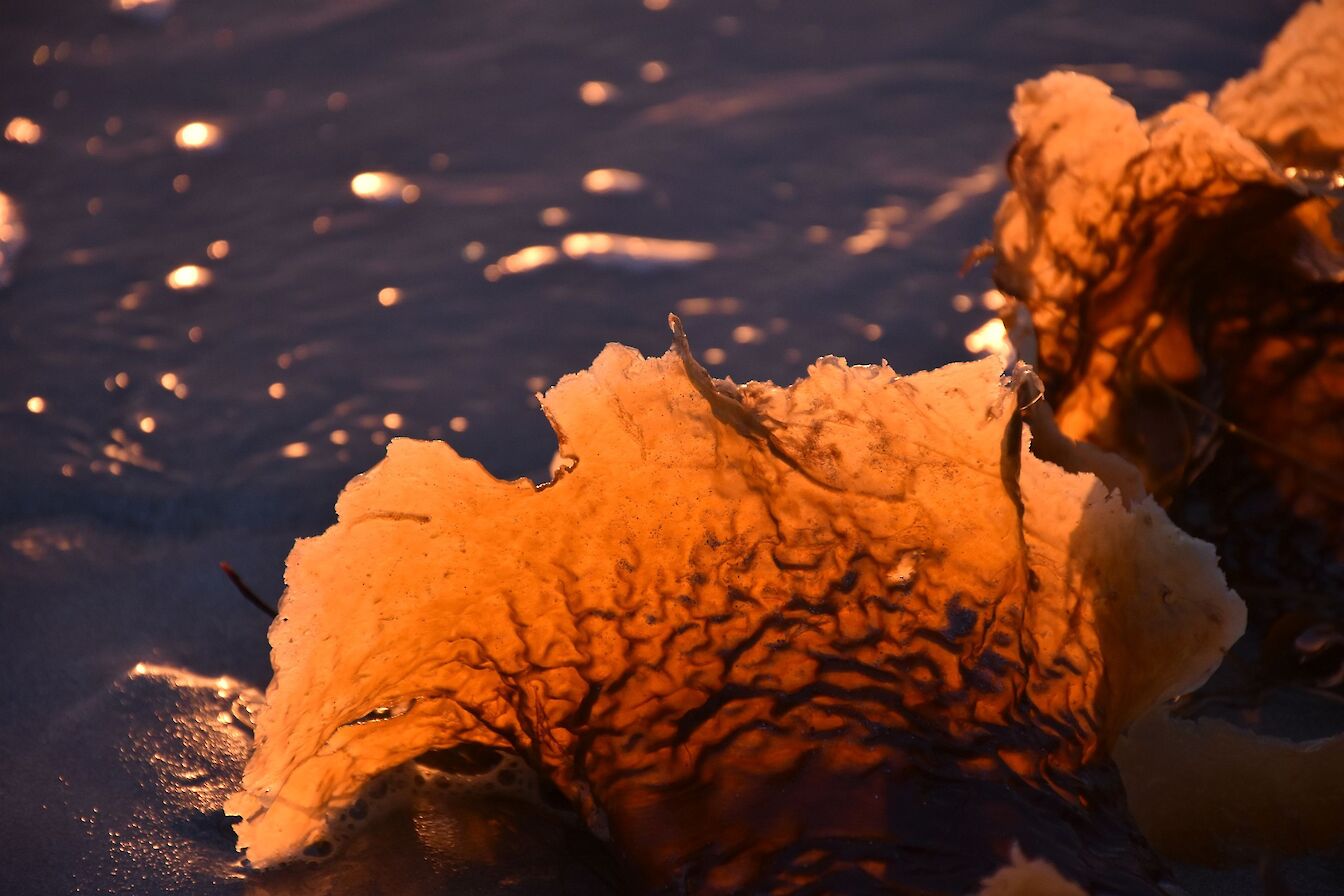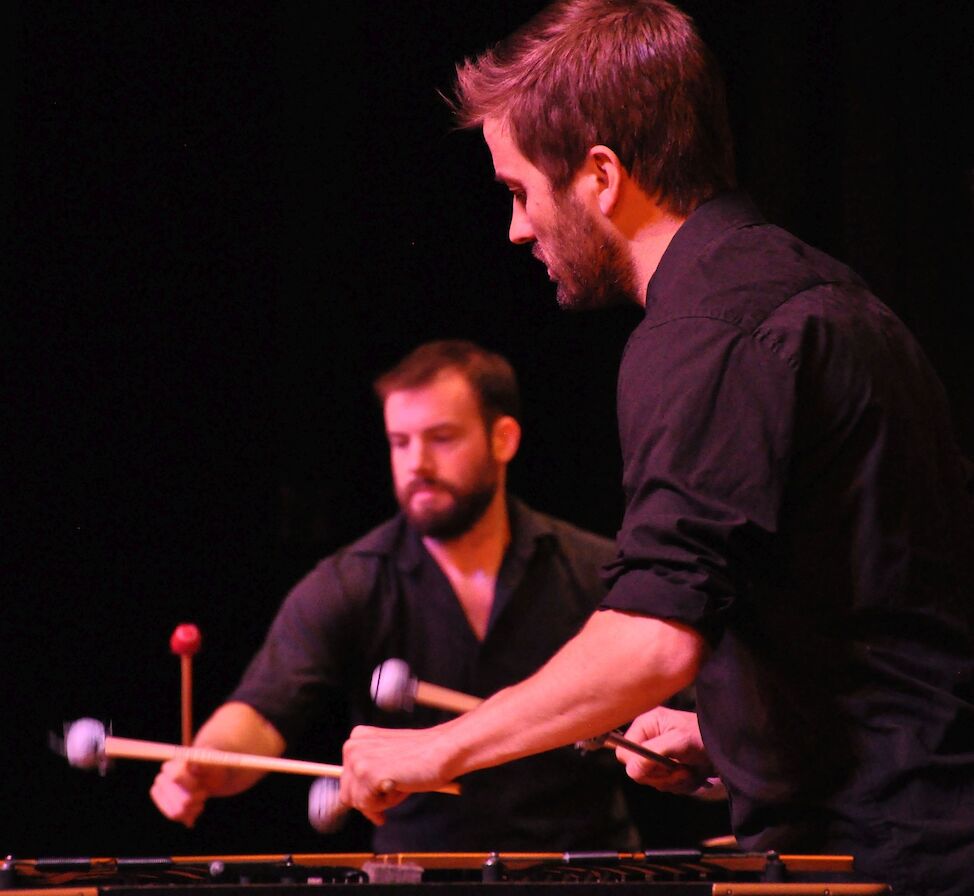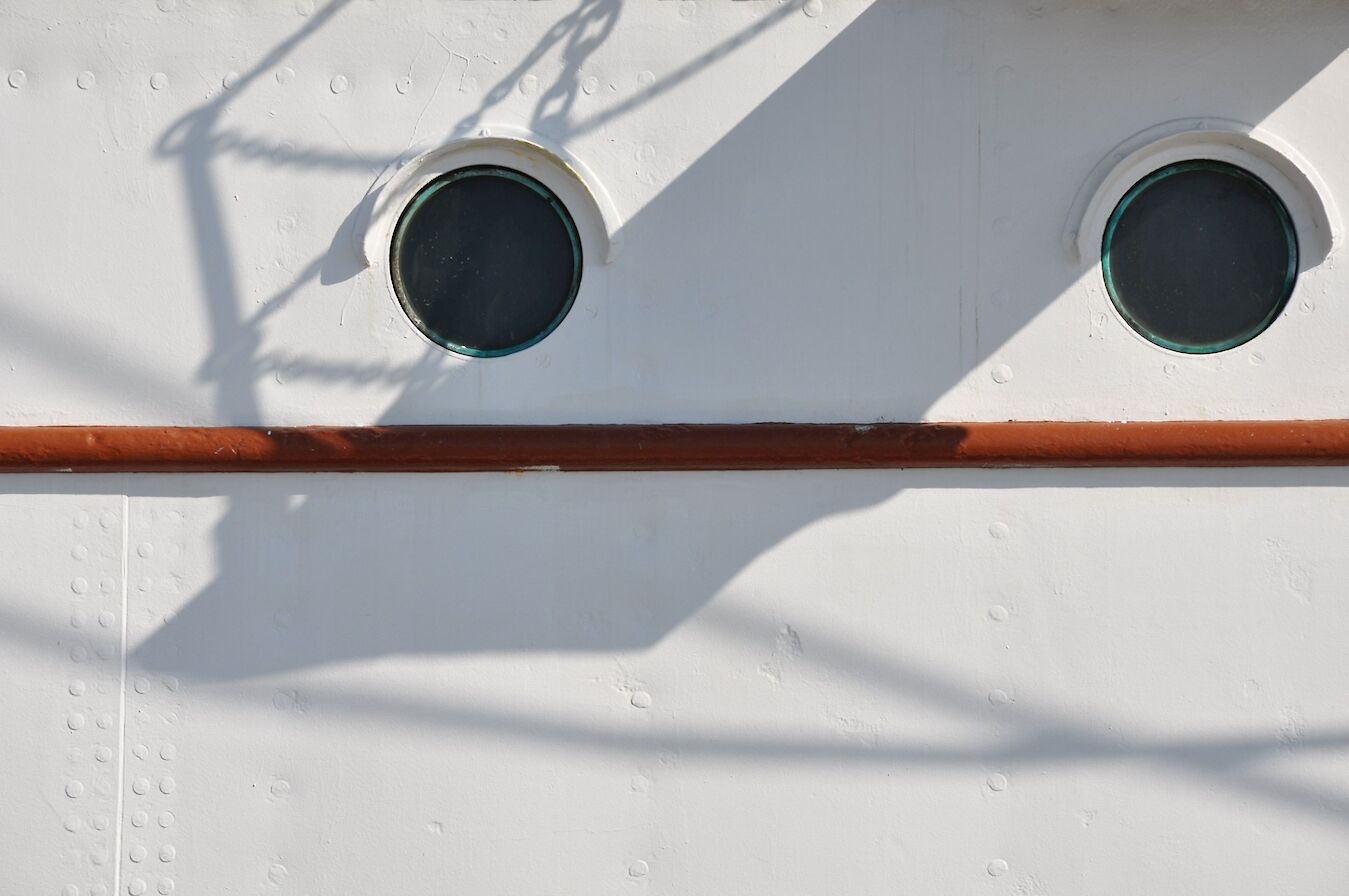Hello and welcome to our latest newsletter from Orkney.
September is here and we’re heading towards the end of summer, but there is still lots to look forward to. Harvest season will soon be here, and the coming weeks traditionally bring some beautiful light – perfect for getting out and about with your camera.
Keep reading for the latest news from the islands, as well as our regular wildlife and photo features.
Remember, if you’re planning a trip to Orkney, take a look at our COVID-19 section for all the latest local information.
Latest news
Car hire with green credentials
 A car-sharing network with a difference could be the answer to your transport needs when visiting Orkney. A new local initiative, part of the UK-wide Co Wheels network, offers access to a seven-strong fleet of fully electric pay-as-you-go hire cars. The vehicles are available for both local residents and visitors and can be booked from as little as 30 minutes up to several days. Cars are also available for collection across the Orkney mainland.
A car-sharing network with a difference could be the answer to your transport needs when visiting Orkney. A new local initiative, part of the UK-wide Co Wheels network, offers access to a seven-strong fleet of fully electric pay-as-you-go hire cars. The vehicles are available for both local residents and visitors and can be booked from as little as 30 minutes up to several days. Cars are also available for collection across the Orkney mainland.
New bakery set to rise
 After 18 months of sourdough bread-baking in a temporary home, Orkney’s Eviedale Bakehouse is set to move into a dedicated space and expand its popular range of products. A new bakery is being built next door to the Eviedale Bistro, which has been doubling as the bakehouse since the start of the COVID-19 pandemic. The project marks the start of a major expansion for the family-run business, with plans in place to take on new staff and re-open the restaurant too.
After 18 months of sourdough bread-baking in a temporary home, Orkney’s Eviedale Bakehouse is set to move into a dedicated space and expand its popular range of products. A new bakery is being built next door to the Eviedale Bistro, which has been doubling as the bakehouse since the start of the COVID-19 pandemic. The project marks the start of a major expansion for the family-run business, with plans in place to take on new staff and re-open the restaurant too.
A Hat for George
 As well as its daily batch of book returns and visitors to its archive, the Orkney Library has been welcoming something a bit different in through its doors over recent weeks. More than a hundred hand-knitted and beautifully-designed hats, inspired by the work of Orcadian writer and poet George Mackay Brown, have arrived at the library during the summer as part of the ‘A Hat for George’ campaign. Organised by the library and the George Mackay Brown Fellowship, the hats will be auctioned off for charity later this year.
As well as its daily batch of book returns and visitors to its archive, the Orkney Library has been welcoming something a bit different in through its doors over recent weeks. More than a hundred hand-knitted and beautifully-designed hats, inspired by the work of Orcadian writer and poet George Mackay Brown, have arrived at the library during the summer as part of the ‘A Hat for George’ campaign. Organised by the library and the George Mackay Brown Fellowship, the hats will be auctioned off for charity later this year.
Electricity in the air above Orkney
 The first hybrid-electric plane in Scotland has taken to the skies above Orkney. Ampaire’s twin-engine Cessna aircraft has been modified to run on both battery power and a conventional combustion engine. It’s hoped the flight could be the first step towards a low-carbon solution for airlines around the world. Six Orkney islands are currently linked to Kirkwall Airport by Loganair’s inter-isles network and the internal air routes are seen as the perfect test-ground for trialling these kinds of innovative technologies.
The first hybrid-electric plane in Scotland has taken to the skies above Orkney. Ampaire’s twin-engine Cessna aircraft has been modified to run on both battery power and a conventional combustion engine. It’s hoped the flight could be the first step towards a low-carbon solution for airlines around the world. Six Orkney islands are currently linked to Kirkwall Airport by Loganair’s inter-isles network and the internal air routes are seen as the perfect test-ground for trialling these kinds of innovative technologies.
Wild Orkney
After a summer of working abroad, Orcadian wildlife filmmaker Raymond Besant is back to enjoy the changing of the seasons in the islands.
As I write, it’s late August which is surely the end of summer, isn’t it? The schools are back and the thought of autumn is not far around the corner, but to me at least it still feels like summer. Not least because we have a high-pressure system sitting right over us, so the wind is gentle and the air muggy.
This is the only part of the Orcadian summer I get to enjoy this year. Despite the multiple challenges created by COVID-19 and what this means for my job in terms of international travel, I spent June and July in the high latitudes on the west coast of Greenland for the forthcoming BBC series ‘Frozen Planet 2’. The wildlife there was quite a change from Orkney; Arctic fox, gyrfalcon and snow buntings - as well as the stunning landscape of course.
Normally after a long shoot like this I undergo what wildlife filmmakers called ‘re-entry’, a strange period of limbo where you try to return to some kind of normality after enjoying the exciting sights of whatever country you’ve been in. It can be strange filming wolves or lions one minute, then taking the dog for a walk or buying a pint of milk from Bruce’s Stores the next! Personally, when I get home, I like doing the ordinary tasks of the day and not heading straight out the door with my camera in hand. It can take a little while to get back into the groove.
But after three weeks back home I’ve set myself the task of finding and photographing a dragon. Actually, the finding part isn’t so hard, as expert local entomologist Lee Johnson has tipped me off to an easily accessible site. I’m talking of course about dragonflies, a group of animals in Orkney alongside damselflies that seem to be doing rather well and continue to pop up in new spots across the islands.
However, if you want to spot all the breeding species of dragon and damselflies found in Orkney then Hoy is still the hotspot island of choice, though of course by September the number of species on the wing will be lower than earlier in the summer. There is currently an excellent PDF guide available on the North Isles Landscape Partnership Scheme website that helps with identification and the best time of year to spot each species.
Fortunately for me, the dragonfly I’m after – the black darter - is active in September and even into October. Firstly, how cool is its name? It sounds like it means business!
One factor that helps enormously in spotting or finding dragonflies is the presence of the sun. They like warmth but this is a double-edged sword in terms of photography, as I was later to find out.
I’m making my way into the hills and haven’t gone far before I’ve already taken off a layer of clothing, such is the warmth. I’ve also taken too much kit with me, including my 500mm telephoto lens in case I get a chance encounter with an interesting bird, but now it feels heavy and I regret taking it.
Birds are around however and I couldn’t be happier for them. The sky is full of swallows, house and sand martins, circling with gaping bills, catching large quantities of flies in the air. Spring here was such a cold one and many birds struggled when they arrived on migration. This feels like the ‘good times’ for them, and they’ll shortly be off back to Africa.
What hits me as I walk up the track, thick vegetation on either side, is the colour - not the lack of it, but the complete opposite. The vibrancy is quite startling. The grasses of course have gone to seed whilst the waxy leaves of dockens have turned rusty and orange. But it’s the brightness of the many flowers still in bloom that catch my attention on my quest to find the black darters.
I sit down and take it in. Soon, I tune into not only the different species of flowers on display but the sounds too. There’s one in particular, a low humming noise. Just off the track swathes of heather are deep in purple bloom and they are covered in bees. But, amongst the patches of grass in the heather are where I see the most activity.
Bright purple flowers that look much like the spear thistle (what we think of as the Scottish thistle) have a bee on almost every head. This is knapweed, also known as hardheads which refer to the scaley-looking hard, knobbly head on which the purple flower sits. They are nectar rich and I see the ginger-coloured moss carder bees flit from flower to flower whilst the altogether larger bee, the great yellow, with its soft warm lemon-yellow hues, alights from another late flower, the devil’s bit’s scabious. Easily identified on long stalks, the head reminds me of a lollipop.
The sky is now bright blue and the air warm. It’s the middle of the day so the light is harsh, harsher than I would normally like to photograph in, but the insects are so active and it’s such a wonderful sight I don’t mind too much. Neither does the small tortoiseshell butterfly gorging itself on the bright yellow flowers.
Common blue butterflies are here too but I’m finding them a real challenge, they seem very flighty and are off at my slightest movement. I track their flight in the hope of seeing where it might land but it’s way over the dry stane dyke and far away. Its almost exclusively male common blues that I’m seeing with their cobalt blue wings - the female is brown above with smudges of the same cobalt.
Finally, I see what I’m after and after closer inspection there are black darters everywhere - and not really where I expected. They’re not in vegetation but clearly positioning themselves on outcrops of granite rock. I place my hand on one of the rocks and I understand why they are there. The warmth radiates into my hand.
The black darter is, as you might expect from the name, black. This is true for the male at least but the female is a wonderful amber colour. They too are very active and the individuals flying around are clearly interested in those on the rocks. I’m annoyed at first that they have disturbed those I’ve slowly crept up on with my macro lens, but I had forgotten something I learned years ago. Both dragonflies and damselflies often fly straight back to where they took off, and so is the case.
I want to get some images that really show the detail of the massive compound eyes that they use so effectively for hunting. The image produced isn’t as detailed as ours but they are extremely sensitive to motion, and it isn’t long before I see the results of this ‘super-power’.
I’m using a 90mm macro lens plus extension tubes so I can produce a highly magnified image, but this means I’m focusing physically very closely to the dragonfly. Some insects don’t like this kind of intrusion so it pays to work slowly. I’ve gradually moved closer, trying desperately to keep the compound eye in focus when it disappears altogether. I bite my lip at disturbing it but it then returns to the exact same spot from where it took off. It’s then, in minute detail, that I see it has returned with prey and is busy chomping down on a daddy long-legs. In what seemed like a matter of seconds it had seen the daddy long-legs whilst on the rock, caught it mid-air and returned. Incredible!
Such life in such a small area, such big adventures in a tiny world.
Find out more about Raymond’s work via his official website. You can also find him on Facebook, Twitter and Instagram.
Focus on photography
Our featured local photographer of the month is Leslie Burgher, Norway’s Honorary Consul in Orkney and an architect with a keen eye for documenting life in the islands.
I was still at school when I bought an Olympus OM10: a basic, but then seemingly modern 35mm SLR camera. I learned to develop B&W film and prints with Bob Moore and joined Orkney Camera Club. The best way to develop your photography is to see what others are doing and to critically assess what you have done, and the Camera Club was (and is) a great way of doing this.
During my architectural studies in Edinburgh, I won the RIAS Photography Award three times. However, my photography really took a step forward when I was asked to write and illustrate the RIAS Architectural Guide to Orkney. Over the summer of 1989 I visited all of Orkney’s listed buildings. Before today’s RoRo ferries, I travelled with my bike on the foredeck of the Golden Mariana as she made her daytrips to the North Isles. Each island turned out to be about the perfect size for a day’s cycle tour.
The discipline of just 36 shots on a roll of film to record 20-25 buildings and no idea of the results till the prints came back from Edinburgh weeks later, seems unimaginable now. It was an amazing opportunity to become acquainted with Orkney’s rich built history. I’ve been privileged to work on several prominent buildings, such as Skaill House, Ness Battery, the Hall of Clestrain, Balfour Castle and The Storehouse as well as the Townscape Heritage Initiative restoration projects for Kirkwall and Stromness town centres.
Nowadays I use a Nikon digital SLR and (increasingly) my phone to record images for work and pleasure. I’ve taken a lot of photos in Norway, Venice and - just recently - in Iceland, but it is hard to better Orkney for photography. I’ve recently moved from Kirkwall to Deerness, close to the sea. The ever-changing light, Orkney’s big skies and the colours in the landscape make for great images. Like in Venice, the ‘golden hour’ seems to last just that bit longer. I’ve also taken lots of pictures of the St Magnus International Festival and the chance to meet amazing artists has been fabulous.
Le Corbusier described architecture as “the masterly, correct and magnificent play of masses brought together in light” and I hope that my photography is capturing that play of light.
And finally...
Thank you for taking the time to read our latest newsletter. If you’re planning to visit the islands this year, take a look at our COVID-19 section to make sure you’re up-to-date with all the latest news and advice.
We’re always keen to hear from you too - share your news, views and comments on the newsletter, Orkney.com and your Orkney experiences with us on Facebook, Twitter or E-mail.
In the meantime, it's cheerio from Orkney for now.
